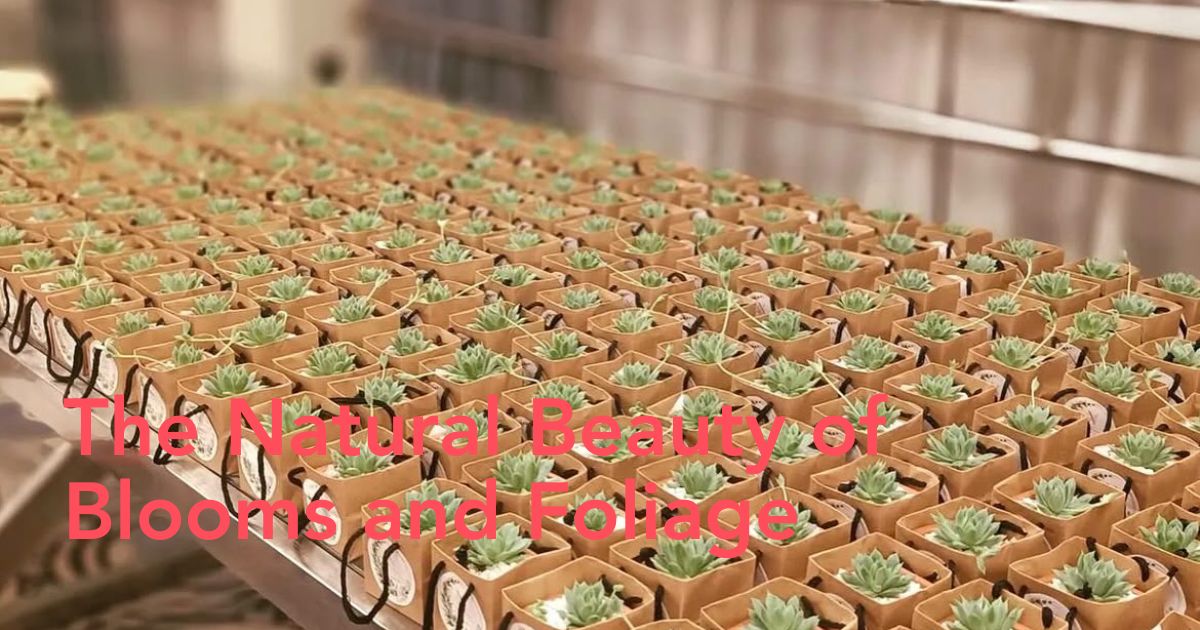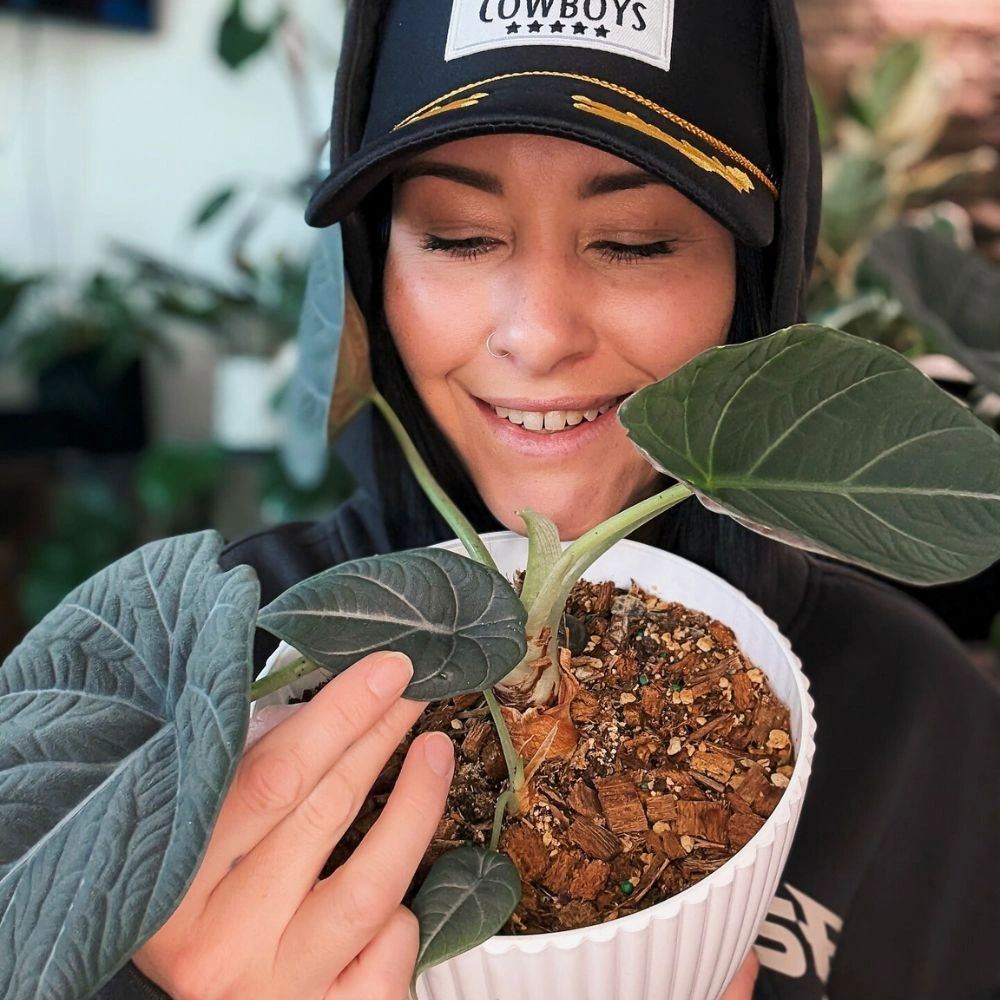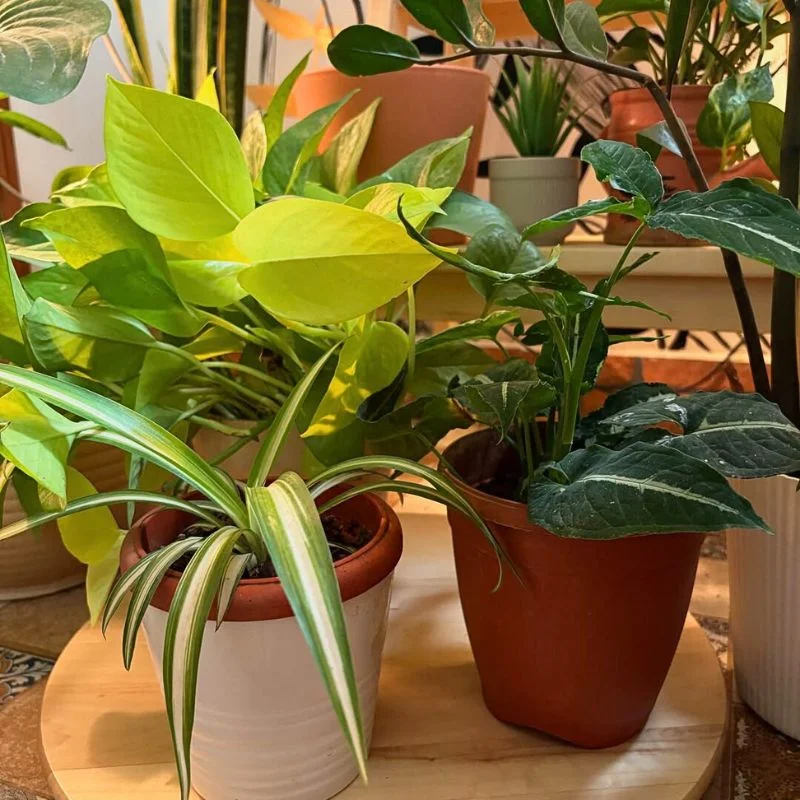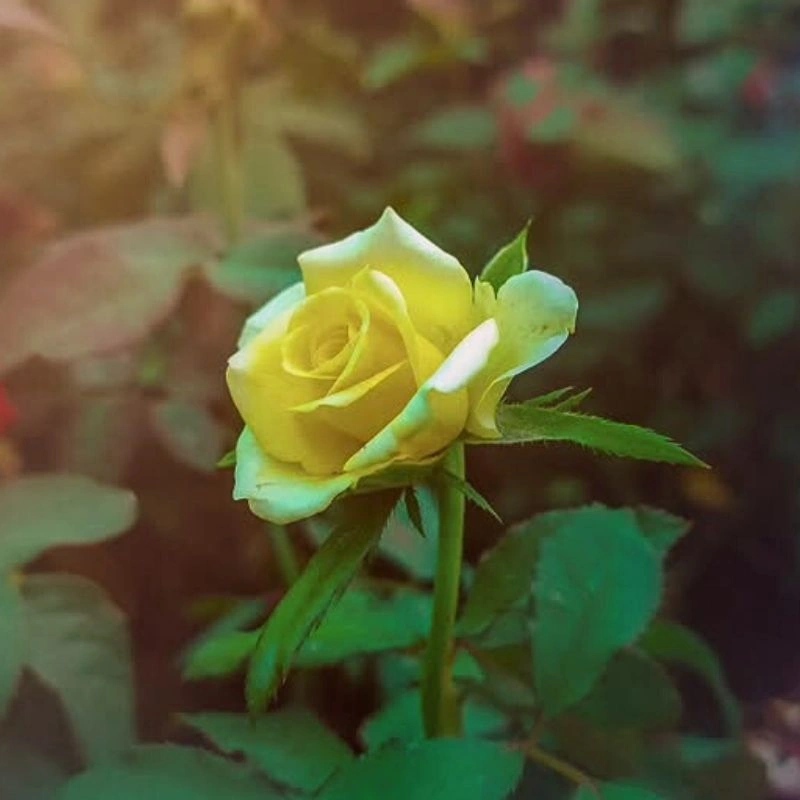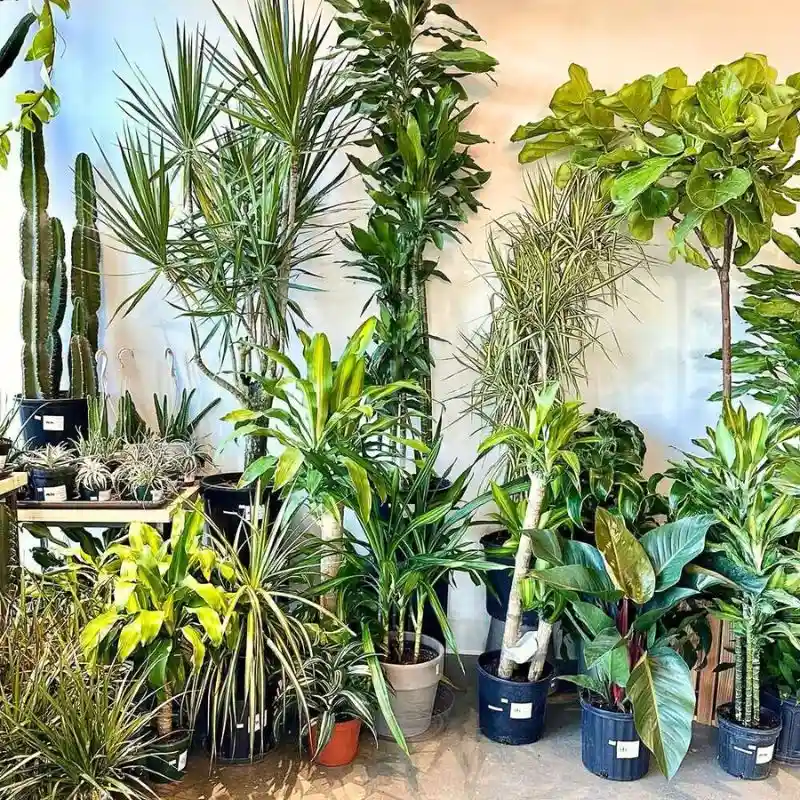Something remarkable is happening in flower shops, nurseries, and botanical boutiques around the world. The minimalist movement in plant packaging and display has quietly revolutionized how growers, florists, and plant enthusiasts present their green treasures, proving that sometimes less truly is more.
Gone are the days of cluttered labels, bulky tags, and packaging that competes with the natural beauty of blooms and foliage. Instead, a new aesthetic has taken root—one that celebrates transparency, simplicity, and the inherent elegance of plants themselves. This shift isn't just about looking good; it's about creating emotional connections, honoring sustainability, and allowing flowers and plants to be the undisputed stars of the show.
The Philosophy Behind the Minimalist Movement in Plant Packaging
At its core, the minimalist movement in plant packaging and display embraces a simple truth: nature needs no embellishment. When customers walk into a modern plant shop or browse a florist's Instagram feed, they're seeking an experience that feels authentic, calming, and visually harmonious. Excessive packaging, bright plastic tags, and busy graphics create visual noise that distracts from the very reason people are drawn to plants in the first place—their natural, organic beauty.
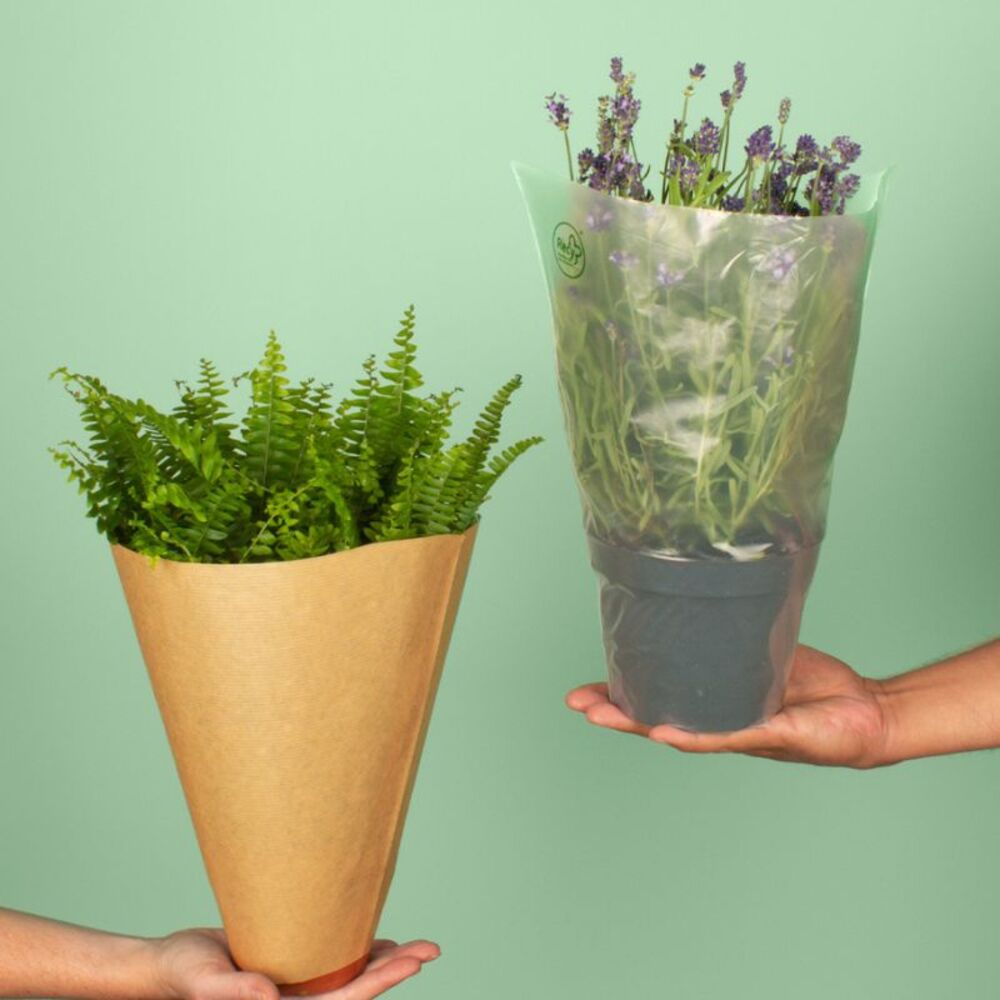
This philosophy extends beyond mere aesthetics. Minimalist packaging reflects a deeper understanding of contemporary consumer values. Today's plant lovers are increasingly conscious of environmental impact, seeking products that align with sustainable practices. By reducing packaging materials, eliminating unnecessary plastics, and choosing subtle labeling solutions, the floral industry is responding to this call for responsibility. The result is packaging that whispers rather than shouts, informing rather than overwhelming.
The movement also acknowledges that plants are living art. Just as a museum doesn't place garish frames around masterpieces, thoughtful retailers understand that simple, unobtrusive presentation allows each specimen to command attention on its own merits. Whether it's a delicate orchid, a vibrant succulent arrangement, or a hand-tied bouquet of seasonal blooms, minimalist display techniques ensure that the plant's form, color, and texture remain the focal point. This approach creates a more intimate, appreciative relationship between people and plants.
Clear Stickers and Transparent Labeling Solutions for Modern Floristry
One of the most innovative developments in this movement has been the adoption of minimalist clear stickers that blend seamlessly into display environments. These transparent labels represent a perfect marriage of form and function—providing essential information without creating visual clutter. For florists working with glass vases, greenhouse windows, and clear cellophane wrapping, clear stickers offer an elegant solution that maintains the clean lines and see-through aesthetic that modern consumers appreciate.
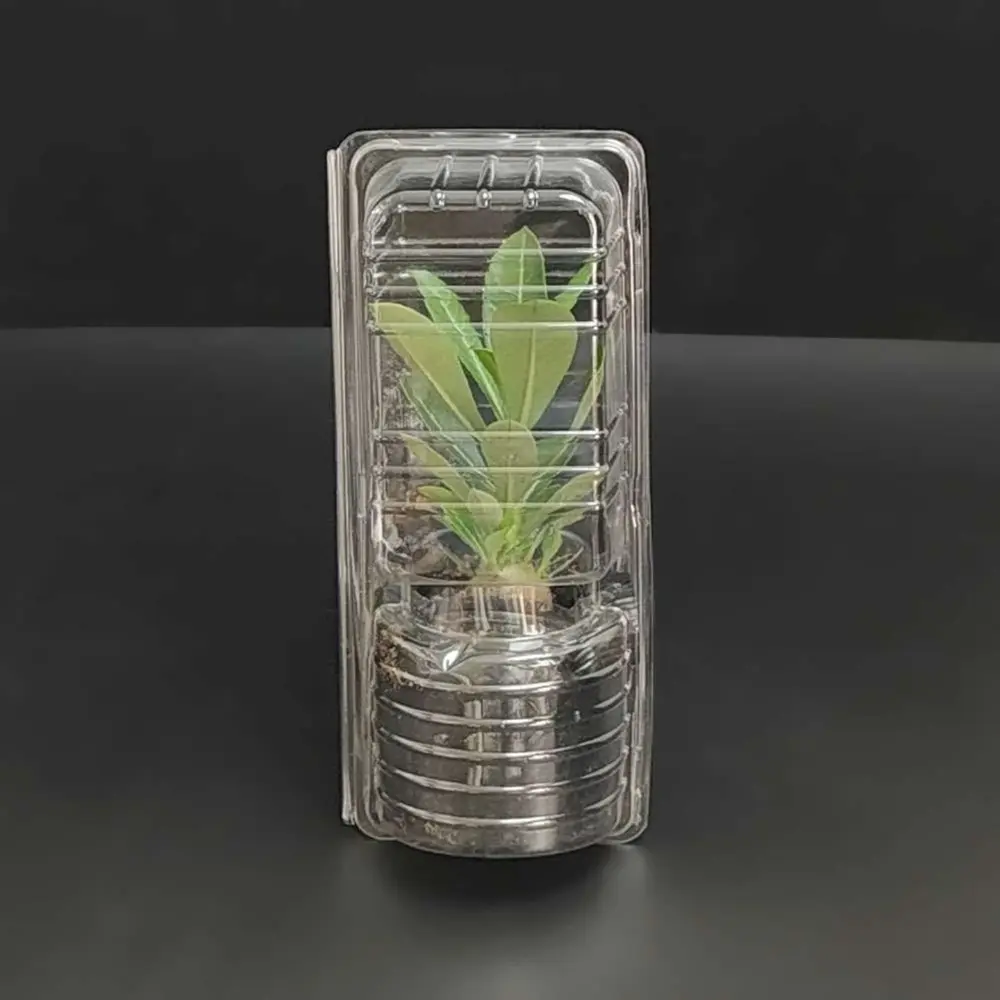
The practical applications are remarkably diverse. Nurseries use clear stickers on glass greenhouse panels to identify plant varieties without obstructing the view of the growing environment inside. Artisan florists apply them to preserved flower jars and dried botanical specimens, allowing the contents to shine while still conveying care instructions and branding. Retail plant shops place them on display windows to share pricing and plant names without blocking the carefully curated interior views that draw customers inside. These clear stickers blend in where needed and stand out where it counts, making them ideal for jars, packaging, and display windows throughout the floral industry.
What makes these transparent labeling solutions particularly appealing is their versatility. Unlike traditional paper tags that can become waterlogged or faded, or plastic labels that feel cheap and disposable, clear stickers maintain a premium feel while being remarkably durable. They work beautifully with the natural materials favored in minimalist design—wood, glass, linen, and ceramic—without introducing conflicting textures or colors. The effect is cohesive, sophisticated, and entirely focused on showcasing the plants themselves.
Sustainable Materials and Eco-Conscious Display Practices
The intersection of minimalism and sustainability has become a defining characteristic of the minimalist movement in plant packaging and display. Forward-thinking florists and growers are increasingly turning to materials that honor both aesthetic sensibilities and environmental responsibilities. This means choosing packaging that can be composted, reused, or recycled, and eliminating single-use plastics wherever possible.
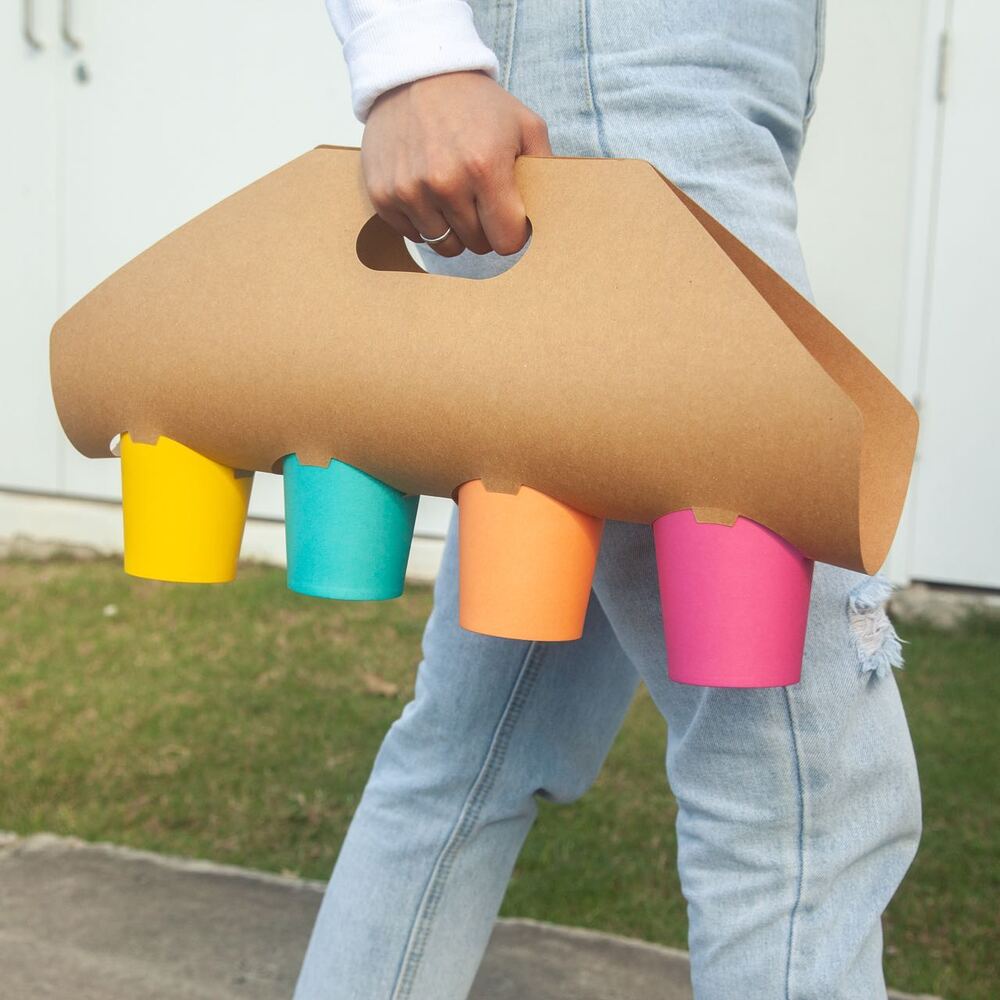
Popular sustainable packaging choices include:
- Kraft paper and recycled cardboard for wrapping bouquets and protecting plants during transport
- Natural fiber twines and cotton ribbons replacing synthetic materials for binding arrangements
- Glass containers and ceramic vessels that customers can repurpose long after the flowers have faded
- Biodegradable cellophane made from plant-based materials for those occasions when protective wrapping is necessary
- Reusable wooden crates and baskets for displaying potted plants and creating rustic yet refined retail presentations
- Minimalist fabric wraps in neutral tones that can be folded origami-style around plants, eliminating tape and staples
Beyond materials, the minimalist approach influences how plants are displayed in retail environments. Clean, uncluttered shelving allows each plant adequate breathing room, preventing the overwhelming "visual chaos" that can occur when too many specimens compete for attention. Monochromatic backdrops—whites, grays, natural woods—create gallery-like settings where plants become living sculptures. Strategic negative space draws the eye and creates moments of calm that enhance the shopping experience.
This eco-conscious approach also extends to care instructions and product information. Rather than attaching multiple tags with redundant information, minimalist retailers consolidate details onto single, beautifully designed labels or QR codes that link to comprehensive digital care guides. This reduces paper waste while providing customers with more detailed information than could ever fit on a traditional tag. The result is a shopping experience that feels both modern and mindful.
The Impact on Customer Experience and Brand Perception
Perhaps the most compelling aspect of the minimalist movement in plant packaging and display is its profound impact on how customers perceive and interact with plant retailers. When packaging and presentation are thoughtfully simplified, the entire shopping experience becomes more intentional, more memorable, and ultimately more satisfying. Customers report feeling less overwhelmed and more connected to their purchases when the presentation is clean and purposeful.
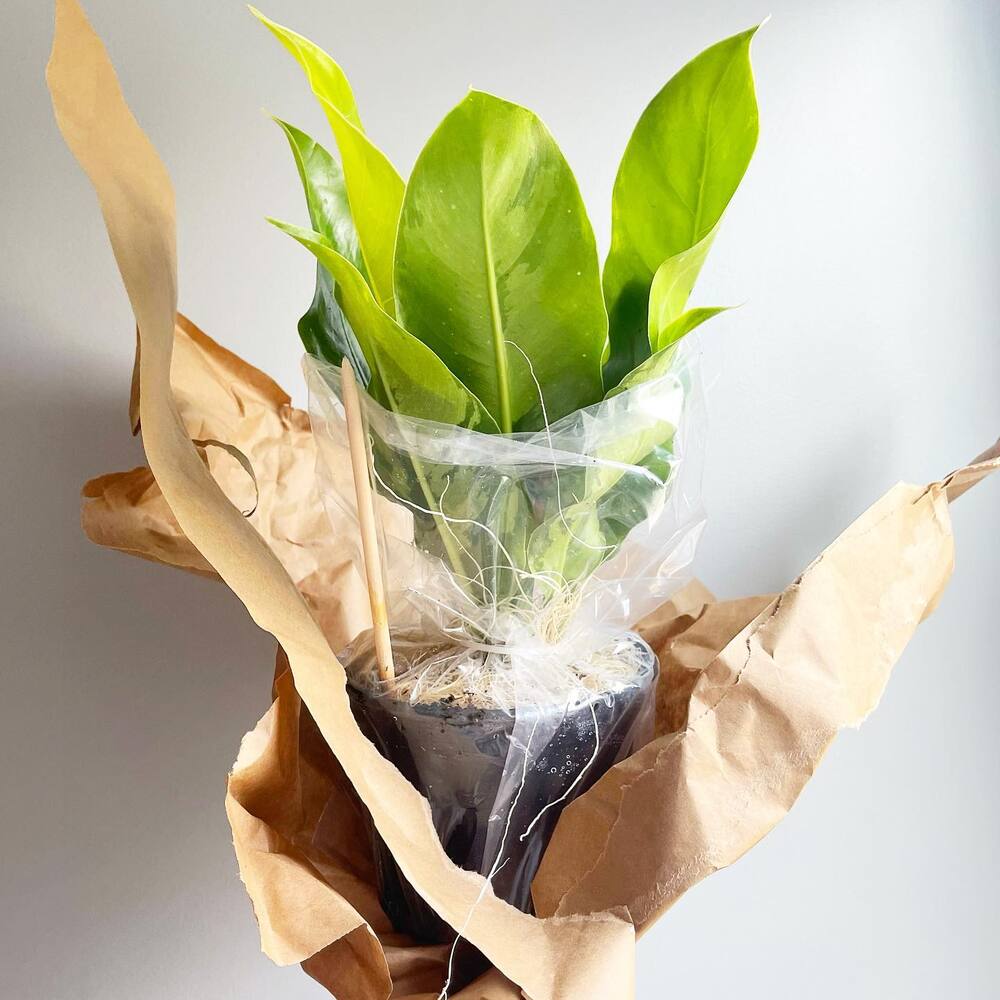
From a branding perspective, minimalism communicates sophistication, quality, and attention to detail. Florists and plant shops that embrace this aesthetic signal to customers that they value craftsmanship over mass production, substance over flash. This perception translates directly into customer loyalty and willingness to invest in premium products. When a simple bouquet arrives wrapped in natural paper with a single elegant label, it feels like a thoughtful gift rather than a commodity purchase.
The movement also encourages more mindful consumption. By presenting plants in their most authentic form—without excessive packaging to dispose of or plastic components to recycle—retailers make it easier for customers to make environmentally responsible choices. This alignment of values creates emotional bonds between businesses and their clientele that transcend simple transactions. Customers become advocates, sharing their purchases on social media and recommending shops that reflect their own aesthetic and ethical priorities.
Looking forward, the minimalist movement in plant packaging and display shows no signs of slowing down. As more consumers prioritize sustainability, authenticity, and visual harmony in their purchasing decisions, the floral industry continues to innovate with packaging solutions that honor both plants and planet. From transparent labeling that preserves sightlines to biodegradable materials that return to the earth, every element of this movement reflects a deeper respect for the natural world. For flower lovers and plant enthusiasts, this evolution means more beautiful, more meaningful, and more sustainable ways to bring greenery into their lives—and that's something worth celebrating.

